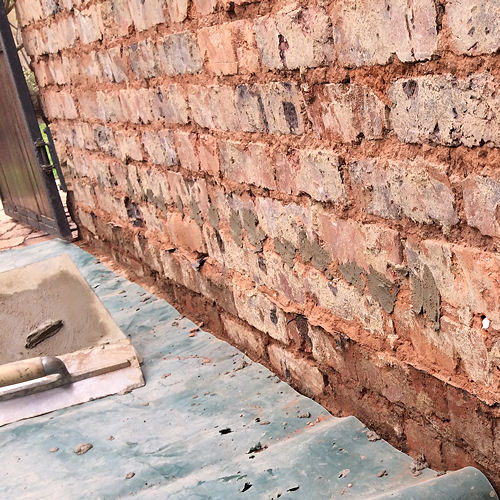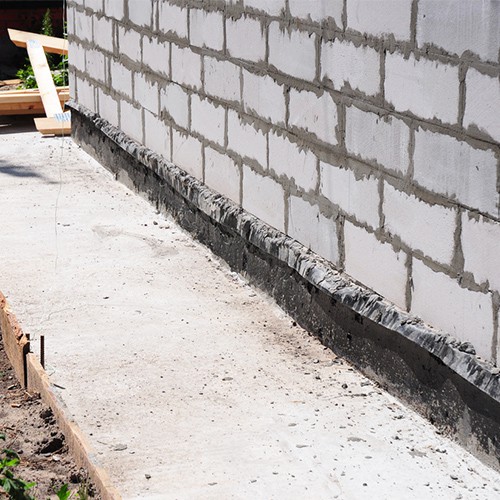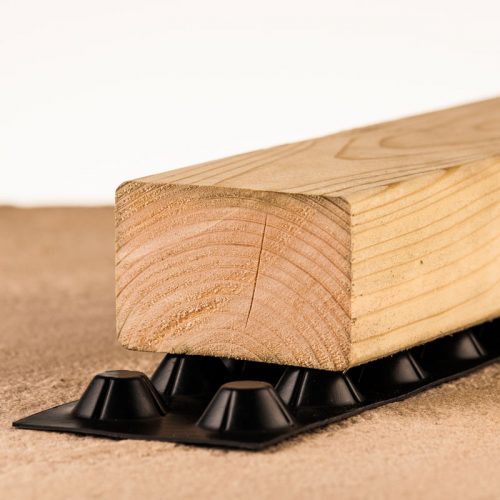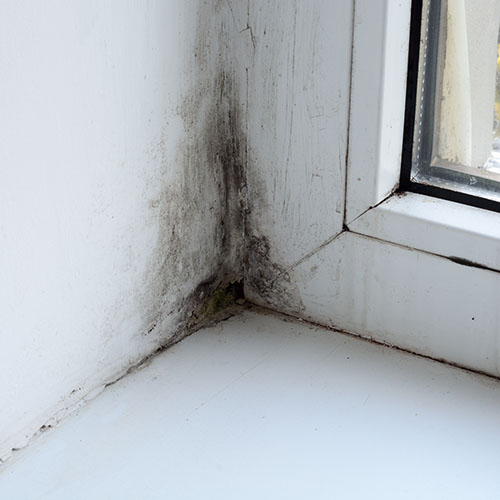OUR KEY DAMP TREATMENT SERVICES
Southeast Preservation offer a professional approach and solution to all damp issues in your home with a survey from a qualified surveyor which means we can correctly diagnose your damp problems and reccommend the right solution for treatment of any damp issue in your home or business premises
We offer a full 20 year guarantee on any new Damp Proof Courses we install.
Condensation is caused when water is deposited on the cooler surfaces in a building, particularly in winter. The first indication is usually black mould growth in the worst affected areas. This growth is characteristic of condensation because mould needs pure water for it’s growth and development. In severe cases the amount of water may be great, causing pools of water on the floor, windowsills or on clothing and furniture.
Homeowners often find it difficult to believe that such severe damp problems can be caused by condensation alone. Often they believe there must be some sort of building defect which is usually not the case.
Often, the condensation can occur at low levels where the surface of the wall is coolest, starting in a corner and then spreading along the length of the wall. This may appear to be rising damp and can easily be confused. Our team can expertly identify the type and source of your damp problem to ensure the right remedial treatment is specified.
WHY HAS CONDENSATION BECOME SUCH A COMMON CAUSE OF DAMP?
If the water vapour in the air of a home can escape somewhere, condensation would never occur. When homes were more draughty and open fires common, damp air would mainly escape up the chimney. Houses are now significantly better insulated hence the moisture has nowhere to go and hence condensation problems have grown significantly.
MOULD GROWTH
Mould growth is a typical consequence of condensation in homes in Eastbourne and throughout The South East. Moulds are often most severe in room corners and on external walls. This is mainly because insufficient ventilation creates pockets of stagnant air in such corners.
For more information about condensation control in Eastbourne please contact Southeast Preservation today.
Rising damp happens when the lower regions of walls are affected by damp from the ground.
In a modern building, a watertight damp proof membrane is placed in block work at a low level, which serves as a barrier against upwardly moving ground dampness. In earlier times, rising ground dampness and its effects were not well known, and with the exception of very far sighted practice, old stone and brick walls were not provided with a damp proof membrane.
The result is that naturally occurring waters from the ground are absorbed by the porous materials of wall construction i.e. bedding and pointing mortars. Furthermore, the absorbed ground waters have the capacity to rise by capillary action, reaching an average height of 1.0 metre. The end result is that the affected walls are permanently damp at a low-level, being visibly affected in the form of damp staining of decorations, breakdown of plaster, deterioration of skirting timbers, window panelling timbers and doorframes.
The Solution:
Southeast Preservation provide the two main systems by which rising damp is eliminated:
siliconate or liquid chemicure injection damp proof course
electro-osmotic damp-proof system.
However, prior to committing to remedial damp proof treatments, with associated disruption and expenditure, it is essential that the actual cause of low-level dampness is established.
Other factors could contribute; such as pipe leaks, incorrect level of damp proof course, defective floor, or high external ground levels.




